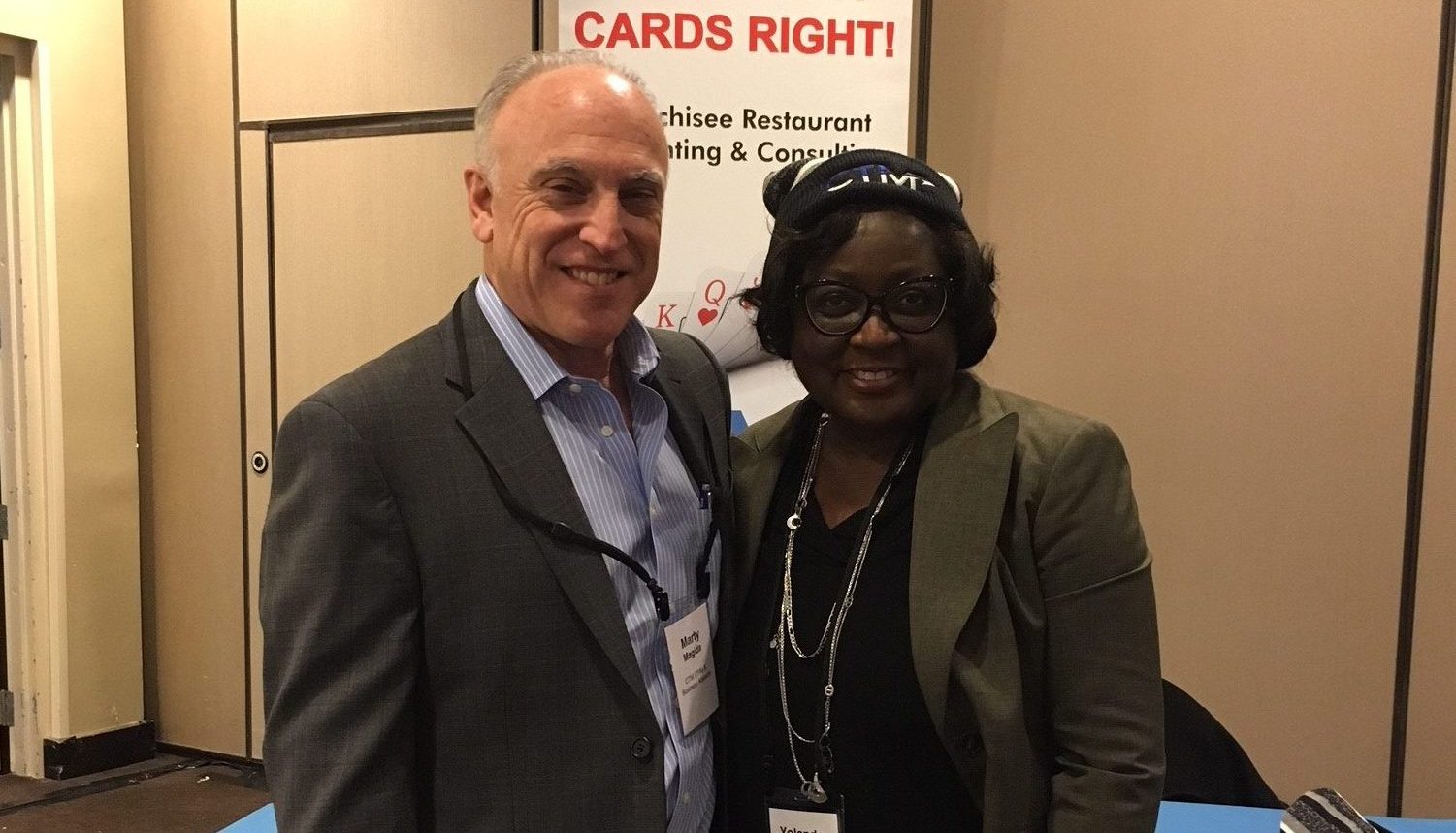Does it pay for your children to earn income? Well of course it does! Eventually, they will learn that cell phone service is not free and after they turn 26, health insurance coverage is on them. So if they earn income, how will they be taxed? The answer depends on what kind of income we are talking about: Unearned Income (such as interest, dividends and capital gains) or Earned Income (such as wages). This article will explore how both of these categories of income are now taxed under the Tax Cuts and Jobs Act (TCJA).
Taxation of Unearned Income (Interest, Dividends and Capital Gains)
Many years ago, a popular tax saving strategy was to shift investment income from parents in high income tax brackets to their children in order to reduce the family’s overall tax burden. This strategy worked for a little while until congress enacted the “Kiddie” Tax. The Kiddie Tax applies to:
- Children under 19 years of age, and
- Children ages 19 – 23 who are full-time students and whose earned income does not exceed half of the annual expenses for their support.
Under prior tax law, a child’s first $1,050 of unearned income was tax free and the next $1,050 was taxed at the child’s rate. Any unearned income over $2,100 was taxed at the parents’ highest marginal tax rate. That rate could be as high as 39.6%.
Beginning in 2018, the new tax law has changed how children are taxed. The Kiddie Tax now applies the tax rates used for trusts and estates to a child’s unearned income over the threshold amount ($2,100 for 2018). Children will no longer be taxed at the parents’ income tax rates.
So is this good or bad? It depends on how much unearned income we are talking about. See the chart below for the tax rates applicable for trusts and estates in 2018 (and also the Kiddie Tax):
2018 Trust Tax Brackets – Ordinary Income Tax Rate
Up to $2,550 10%
$2,551 to $9,150 24%
$9,151 to $12,500 35%
Over $12,500 37%
For example, under the new tax law, if a child has $4,650 of unearned income consisting of interest, non-qualified dividends or short term capital gains, he or she would pay only $255 in total tax. Remember, the first $2,100 is not subject to tax and the next $2,550 is taxed at a 10% rate. Contrast this resulting Kiddie Tax with parents who have over $600,000 in taxable income. That same $4,650 of unearned income taxed to the parents would result in $1,720 in tax ($4,650 times 37%-i.e., the highest tax rate for married couples with more than $600,000 in taxable income).
The bottom line is that there is a benefit under the new tax law for having your child have some level of interest, dividends or capital gains. Each situation needs to be evaluated carefully and perhaps managed to avoid hitting the 35% and 37% tax rates under the Kiddie Tax table above.
Taxation of Earned Income (W-2 wages)
Under the new tax law, it really pays to have your child work. And if he or she can legitimately work for you, that is even better, assuming that you are able to justify paying him or her a reasonable wage rate. Why is this? Because the first $12,000 of earned income is not subject to tax for taxpayers who file as “single”. The TCJA has increased the standard deduction for “single” filers from $6,350 in 2017 to $12,000 in 2018.
Suppose you were able to pay your child $20,000 and you were in the highest tax bracket in 2018, which is 37% (the highest rate for married filing joint with taxable income over $600,000). The child would pay $800 in federal income tax computed as follows:
- First $12,000 – zero
- Next $8,000 – $800 (for “single” filers, taxable income between $0 and $9,525 is taxed at a flat 10% rate).
For a parent in the highest tax bracket, that same $20,000 of income on the parents’ tax return would result in $7,400 in federal income tax ($20,000 x 37%). The tax savings in this example for being able to pay $20,000 of wages to your child would be $6,600. Quite a significant tax savings!
There is no age restriction to putting your child to work in a business. The IRS has accepted that a seven year old child may be an employee of a business. Can they be younger than that? Perhaps a “modeling fee” could be in order if they are photographed using, consuming or wearing your company’s products. Here are some helpful tips to keep in mind if you choose to pay your children wages:
- Their work must be ordinary and necessary for your business and they actually must perform the services (such as office work, including mailings, copying, hardware and software help, cleaning, etc.)
- Track their work and hours, and have them fill out timesheets or timecards like any other employee.
- The compensation should be reasonable and comparable to what other employees are earning for the same type of work.
- Pay your child by regular paycheck and deposit the funds in a bank account in your child’s name.
- Follow all the normal legal requirements (such as having your child fill out a Form W-4 to claim withholding exemptions) as you would when you hire any employee.
Conclusion
Even under the new tax law, there is a lot of incentive to shift income to your children. Depending on the nature of the income, a family’s overall tax savings can be significant. However, keep in mind there are valuable life lessons to be learned that may override simple tax savings.
I remember when I turned 16 years old. My “allowance” was officially terminated (there was no better income that an “allowance” – tax free money for doing nothing!). Encourage your child to get a job and make him or her work for something they desire. Even if their cell phone service is on your “family plan,” at least they could contribute something towards the latest Apple product!









